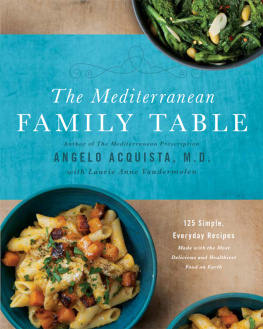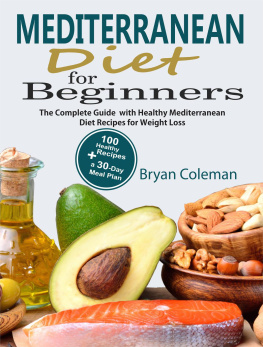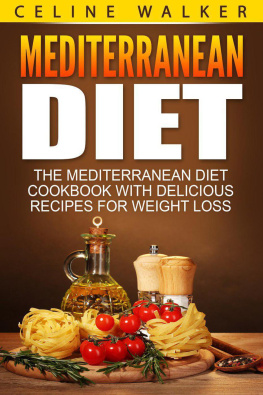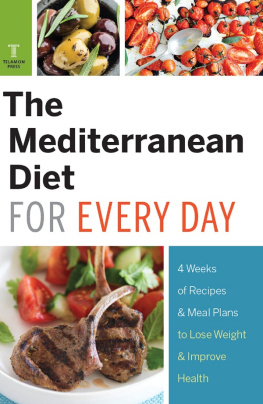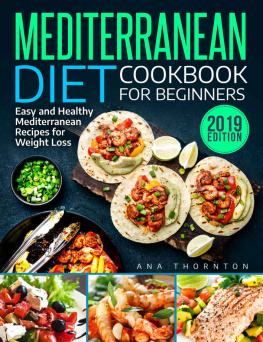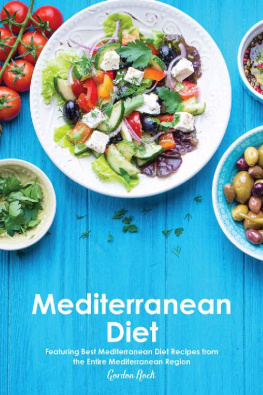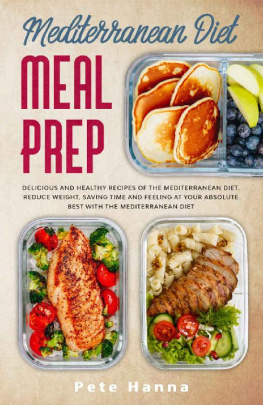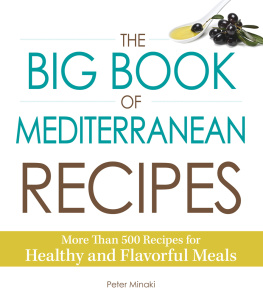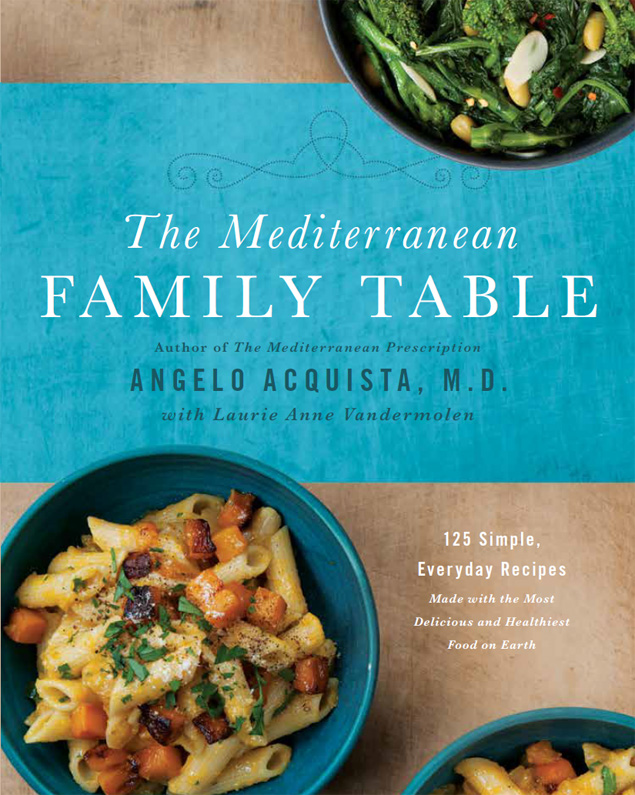CONTENTS
- Eat Healthy
Mangiare Sano - Eat Simple
Mangiare Semplice - Eat Well
Mangiare Bene
Guide
Australia
HarperCollins Publishers Australia Pty. Ltd.
Level 13, 201 Elizabeth Street
Sydney, NSW 2000, Australia
www.harpercollins.com.au
Canada
HarperCollins Canada
2 Bloor Street East - 20th Floor
Toronto, ON M4W 1A8, Canada
www.harpercollins.ca
New Zealand
HarperCollins Publishers New Zealand
Unit D1, 63 Apollo Drive
Rosedale 0632
Auckland, New Zealand
www.harpercollins.co.nz
United Kingdom
HarperCollins Publishers Ltd.
1 London Bridge Street
London SE1 9GF, UK
www.harpercollins.co.uk
United States
HarperCollins Publishers Inc.
195 Broadway
New York, NY 10007
www.harpercollins.com
This book is written as a source of information only. The information contained in this book should by no means be considered a substitute for the advice of ones qualified medical professional, who should always be consulted before beginning any new diet, exercise, or other health program.
All efforts have been made to ensure the accuracy of the information contained in this book as of the date published. The author and the publisher expressly disclaim responsibility for any adverse effects arising from the use or application of the information contained herein.
THE MEDITERRANEAN FAMILY TABLE. Copyright 2015 by The Ascent Group, LLC, and Angelo Acquista, MD. All rights reserved under International and Pan-American Copyright Conventions. By payment of the required fees, you have been granted the nonexclusive, nontransferable right to access and read the text of this e-book on-screen. No part of this text may be reproduced, transmitted, downloaded, decompiled, reverse-engineered, or stored in or introduced into any information storage and retrieval system, in any form or by any means, whether electronic or mechanical, now known or hereafter invented, without the express written permission of HarperCollins e-books.
FIRST EDITION
Photography by Liz Clayman Photography
Images on pages 235, 244, and 250 courtesy of Svetlana Acquista
Styling by Rebekah Peppler
ISBN 978-0-06-240718-4
EPub Edition September 2015 ISBN 9780062410900
15 16 17 18 19 INDD/QGT 10 9 8 7 6 5 4 3 2 1
To those I have most loved having around my table,
my wife, Svetlana, my children, Alessandra, Salvatore, and Nicholas,
my mother, Sara, and my brother Domenick,
who has always been beside me, as both a brother and a father figure.

In loving memory of my father,
Salvatore Acquista
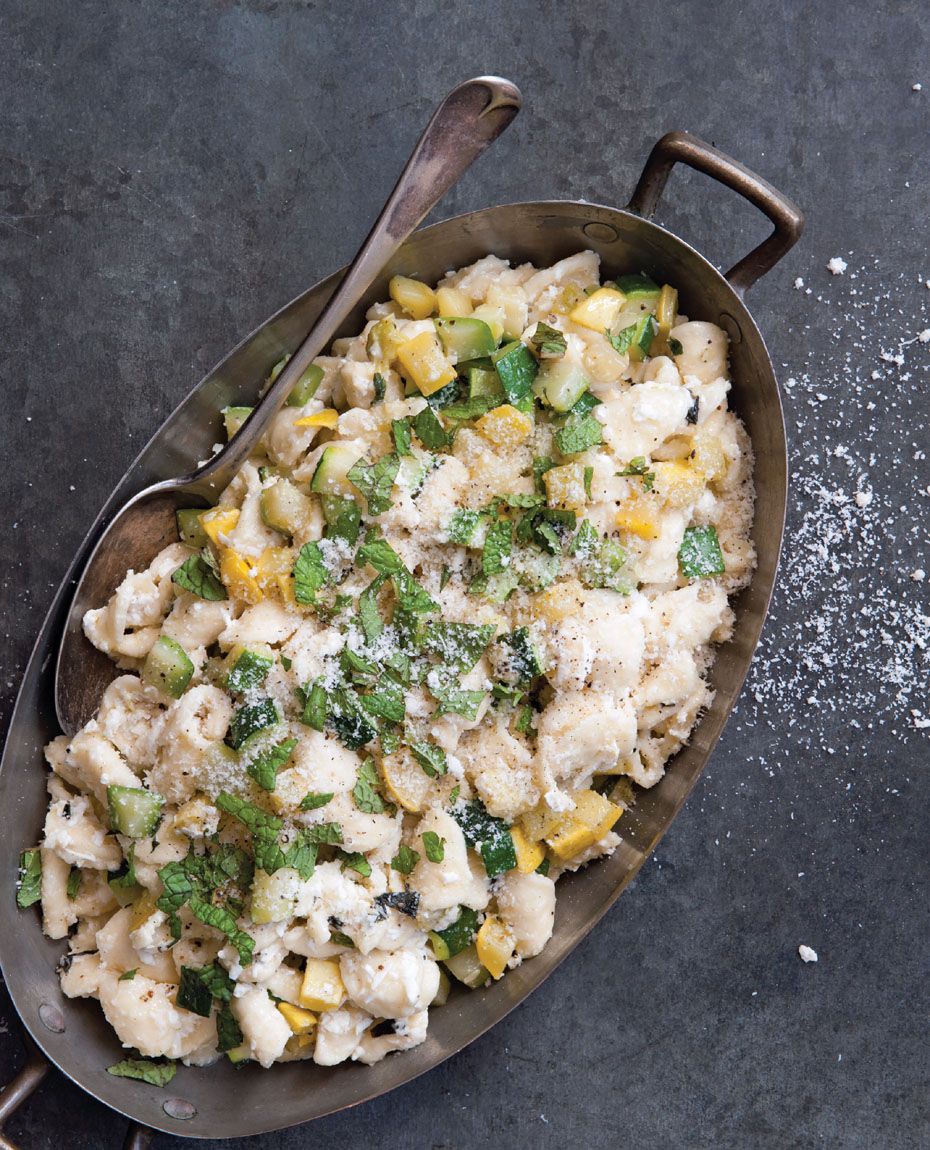
Tutti a tavola is an Italian phrase I heard almost every day while growing up in Sicily. It means all to the table. To me this simple, poetic phrase encompasses what this cookbook is all about, and indeed what the Mediterranean diet and lifestyle are all about. Reduced to its elements, the Mediterranean diet is, as its originator, Dr. Ancel Keys, describes, pasta in many forms, leaves sprinkled with olive oil, all kinds of vegetables in season, and often cheese, all finished off with fruit, and frequently washed down with wine. Olives, nuts, whole grains, and fish are plentiful, legumes like beans are abundant, and meat is scarce. Beyond the dietary heritage of the region, however, the traditions of spending time and sharing meals with friends and family, and cultivating a reverent appreciation for food and its preparation begin in infancy and last a lifetime. These customs embody the Mediterranean way just as much as the menu (and may also play a big part in the many health benefits the diet bestows).
Although many countries with a range of cuisines border the Mediterranean Sea, for our purposes when we use the term Mediterranean diet, we are talking about the one defined by scientists in terms of health. This means its components reflect food patterns typical of the island of Crete, much of the rest of Greece, and southern Italy in the early 1960s. The selection of this particular time and these geographical areas is mainly based upon two lines of evidence:
1. In Keyss Seven Countries Study conducted at that time, among other research, it was found that life expectancy for populations in these areas was among the highest in the world, and rates of heart disease, other diet-related chronic diseases, and certain cancers were among the lowest in the world, despite limited medical services.
2. In numerous epidemiological studies conducted throughout the world, similar dietary patterns in other populations have also been associated with long life expectancy and low rates of chronic disease.
Hence, Mediterranean diet specifically refers to dietary patterns found in these olive-growing areas of the Mediterranean region around fifty years ago.
To my good fortune, I spent my youth in southern Italy during this era. Little did I know at the time that I was eating one of the healthiest diets scientists have ever been able to identify. Sicily is just off the southern coast of Italy, and I lived in Castrofilippo, a small, rural town near the sea. When Keys and others depict the quintessential Mediterranean diet and lifestyle, they are describing the way I grew up.
In general, people were poor, so we grew our own fruits and vegetables, fished the sea, made olive oil from the olive trees in our backyard, made wine from the grapes we grew, picked our own walnuts, made our own bread, and collected eggs from our own chickens. Meat was in short supply. Our lives were centered on our families, and our families were often centered in the kitchen. The kitchen was the heart and soul of the home. Its where everyone of all ages gathered, babies to grandparents.
At mealtimes, everyone ate a version of the same thing. From the time I had teeth and could manage soft food, my mother was taking whatever was on the table and mashing it up with a fork for me. We kids ate local, unprocessed foods that were soft, like fresh figs and peaches, ricotta cheese, and fresh mozzarella. There was daily fresh-baked whole-grain bread that we soaked in dense, aromatic olive oil. We would eat any vegetable on the table. Eventually we would eat the full adult menu, and the older folks who had dental troubles would return to the soft foods of their youth.
The Mediterranean diet is meant to be enjoyed together by the whole familysay good-bye to short-order cookingwhich is why I wrote this book to include all life stages. Starting children at a very early age primes them to have the taste and habits of healthy eating for their entire lives. In fact, in raising my own kids the same way I was raised, even at three and six years old, they will eat anything, even healthy food supposedly only enjoyed by adults. As my six-year-old daughter, Alessandra, says when given a choice at mealtime, I want to eat what Papa eats. They eat kale, broccoli rabe, Brussels sprouts, figs, salmon, octopus, mackerel, and so on, and they truly enjoy it.
I have included sections for each stage of childhood to address childrens diverse nutritional concerns. I have also included a general section for adults (with some attention given to the particular needs of young adults, pregnant women, and those going through middle age and menopause), and a section for the sixty-plus audience looking to maximize health in the golden years (its never too late to benefit from eating healthfully!).

